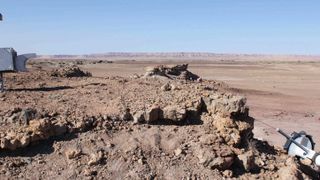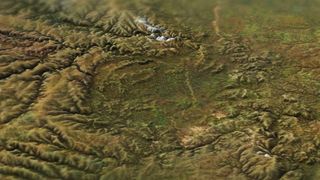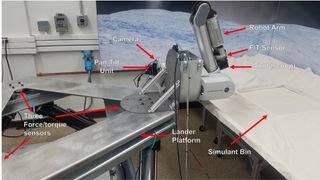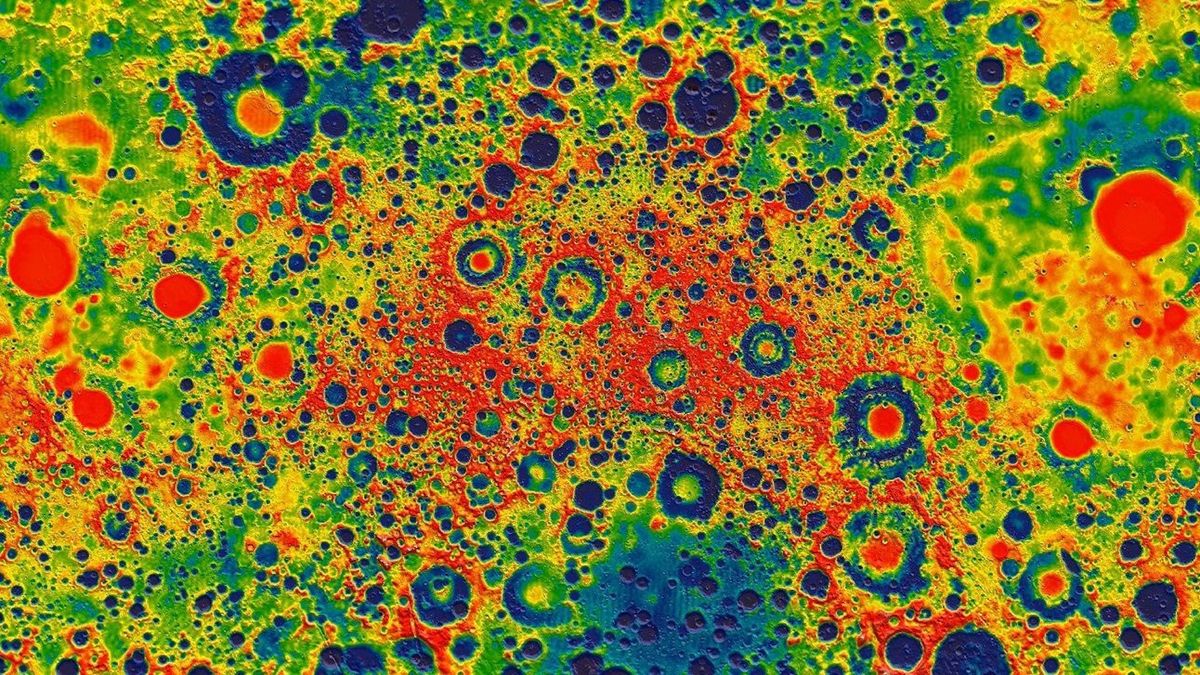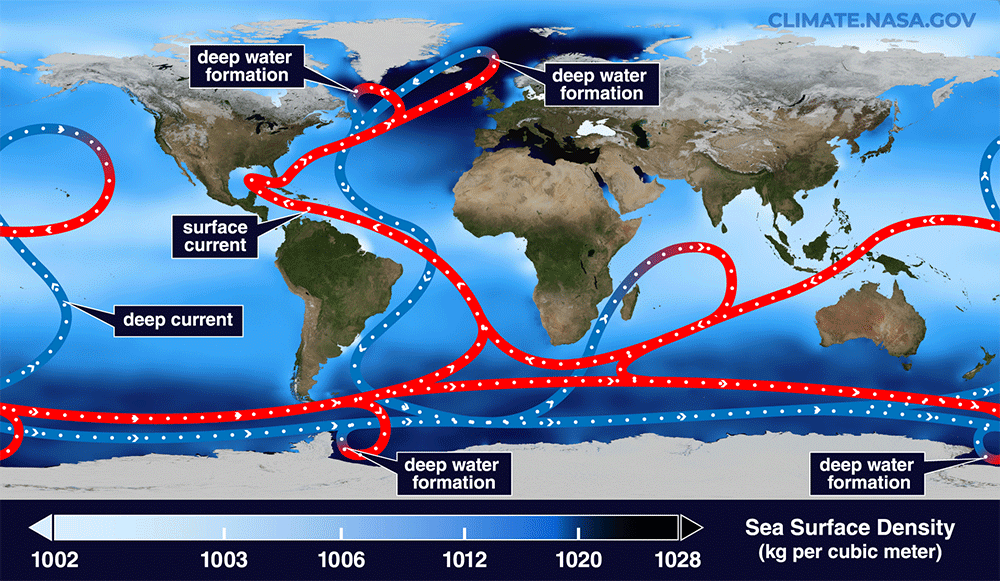NASA’s InSight lander continues to contribute valuable knowledge about Mars, even after its retirement. Photos captured in late October by NASA’s Mars Reconnaissance Orbiter (MRO) show InSight resting on the Martian surface. While no longer active, the rover is providing researchers new data on how dust accumulates and evolves over time in the region. “Even though we’re no longer hearing from InSight, it’s still teaching us about Mars,” science team member Ingrid Daubar of Brown University said in a Dec. 16 NASA statement. “By monitoring how much dust collects on…
Read MoreTag: Solar System
BepiColombo spacecraft flies by Mercury, sees volcanic plain and impact craters
BepiColombo just imaged Mercury in a whole new light — mid-infrared light, to be precise. On the spacecraft’s fifth flyby of Mercury earlier this month (out of a planned six flybys) BepiColombo pointed its Mercury Radiometer and Thermal Infrared Spectrometer (MERTIS) at a swath of Mercury’s northern hemisphere. Mid-infrared light is invisible to human eyes, but it carries a wealth of information about the mineral makeup and temperature of very hot rocks like those on Mercury’s sun-baked surface. The Dec. 1 flyby marked the first time scientists have ever seen…
Read MoreNASA’s Mars exploration plans need ‘paradigm shifts’ to succeed, report finds
NASA has released a new document that highlights planned programmatic paradigm shifts in Mars exploration over the next 20 years. This plan was prepared for the NASA Science Mission Directorate’s Mars Exploration Program (MEP). The report is titled “Expanding the Horizons of Mars Science: A Plan for a Sustainable Science Program at Mars — Mars Exploration Program 2024-2044.” Core questions Highlighted in the document are several “paradigm shift” prospects to further address several core questions, which include: You may like How has the habitability of Mars evolved over the history…
Read More2 huge asteroid strikes 36 million years ago didn’t change Earth’s climate over the long haul, study finds
Two enormous asteroids that struck Earth about 36 million years ago did not cause any long-lasting shifts to our planet’s climate, according to new research. The space rocks, both estimated to be no larger than 5 miles (8 kilometers) wide, impacted Earth within 25,000 years of each other. Geologically speaking, that’s a relatively short period of time, offering scientists a unique opportunity to study how our planet’s climate responded to such an onslaught. Isotopes in the fossils of tiny marine organisms that lived at the time suggest that Earth’s climate…
Read MoreNASA tests high-tech software for future mission to search for life on Jupiter’s moon Europa
Artificial intelligence is being developed to provide a robotic brain for a future NASA mission to land on the icy surface of one of the solar system’s ocean moons, such as Europa or Enceladus. The autonomous software is being developed by teams of researchers who are making use of a robotic arm, mimicking that belonging to a lander or rover, and a virtual reality simulation at NASA’s Jet Propulsion Laboratory (JPL) and Ames Research Center, respectively. Imagine that you’re a robotic lander designed to study Jupiter‘s moon Europa, which hosts…
Read MoreDwarf planet Ceres could be rich in organics, defunct spacecraft data reveals
Using data from NASA’s now-defunct Dawn spacecraft, scientists have discovered that the dwarf planet Ceres, the second wettest body in the solar system after Earth, could have an interior reserve rich in organic materials — the building blocks of life. The results hint that Ceres may have enough internal water, organic molecules, and the energy source needed for life to exist on the dwarf planet. Of course, that alone doesn’t suggest the dwarf planet is inhabited. Dawn was a mission that explored Ceres, the largest object in the main asteroid…
Read MoreWhy we can’t just name a quasi-moon ‘Moony McMoonface’
During the summer of 2022, just after the James Webb Space Telescope started sending us a steady stream of deep-space postcards, astronomer Stephen Finkelstein and his team found a mysterious red splotch in one of those data deliveries. They’d spotted one of the earliest galaxies humans have ever laid eyes on — a realm that represented a distant pocket of the universe our species once couldn’t dream of seeing. And, importantly, they found it on Finkelstein’s daughter’s birthday, a serendipity that blessed this blob with a name: Maisie’s Galaxy. But…
Read MoreChina reveals secrets of 1st sample taken from the far side of the moon — and it contains a volcanic surprise
The first analysis of lava samples from the moon’s far side reveals that volcanoes were erupting there 2.8 billion years ago. The moon is tidally locked with Earth, meaning the same side always faces our planet. The far side is less explored than the near side. Only two landers, both from China, have made it to the moon’s far side. In a study published Nov. 15 in the journal Science, researchers analyzed rock samples returned to Earth by the Chang’e 6 lander. The 2024 mission brought back a little over…
Read MoreDeclassified spy satellite images reveal 1,400-year-old battle site in Iraq that set off the Muslim conquest
Declassified spy images of Iraq have helped archaeologists find a historic Islamic battlefield. Upon analyzing the images, which were taken in 1973 by a U.S. satellite system named KH-9 (Hexagon), the team found remnants of a 1,400-year-old settlement. This helped them match the site to the lost location of the Battle of al-Qadisiyyah, the researchers reported in a study published Nov. 12 in the journal Antiquity. The Battle of al-Qadisiyyah took place in A.D. 636 or 637 between the Arab Muslim army and the Sasanian Empire, which ruled the area…
Read MoreThis spot will be key to the inevitable collapse of a key Atlantic current
Scientists have pinpointed the ocean engine with the biggest role in driving key Atlantic currents that regulate Earth’s climate, new research suggests. The Irminger Sea off southeastern Greenland is where warm waters that transport heat northwards from the Southern Hemisphere sink and then return south along the bottom of the ocean. As such, this region plays a critical role in powering the ocean conveyor belt known as the Atlantic Meridional Overturning Circulation (AMOC). “The key finding of this study is that the Irminger Basin (eastern Greenland) plays a crucial role…
Read More

